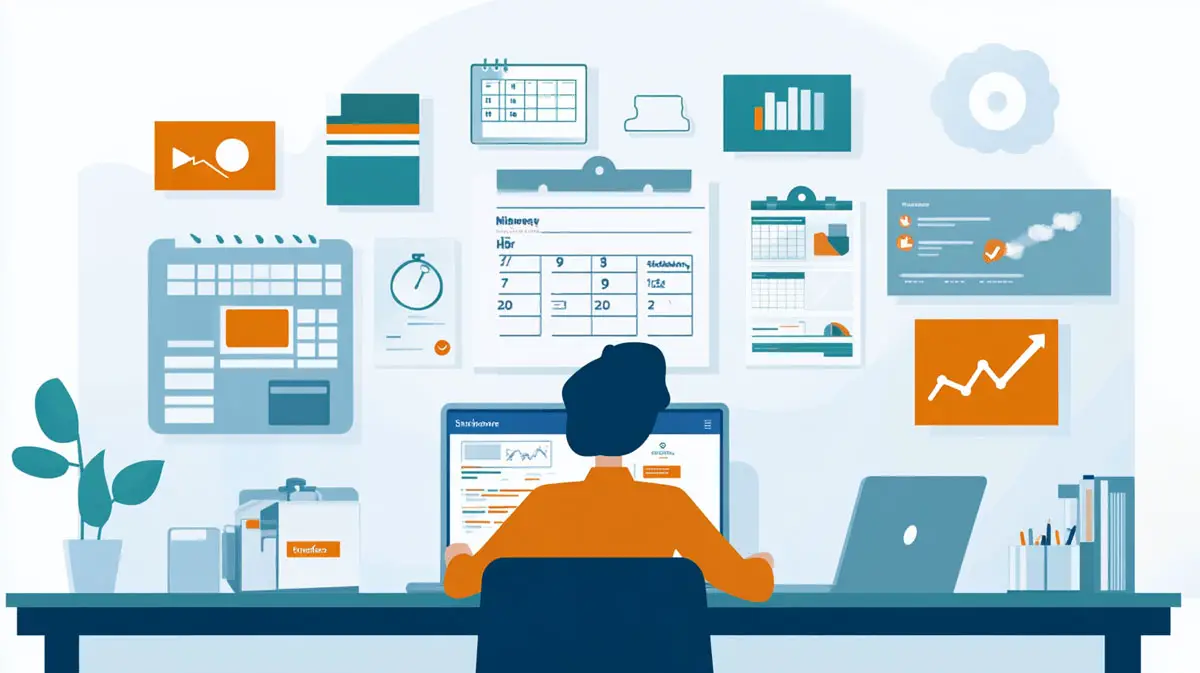Understanding Making Tax Digital for Income Tax Compliance

Making Tax Digital for Income Tax represents a revolutionary approach to how self-employed individuals and sole traders manage their tax obligations. This comprehensive guide will unravel the complexities of digital tax reporting, providing crucial insights into the new system that promises to streamline tax processes, reduce errors, and bring financial reporting into the digital age. Understanding Making Tax Digital for Income Tax is essential for anyone running their own business or managing self-employed income.
What is Making Tax Digital for Income Tax?
Making Tax Digital for Income Tax is an HMRC initiative designed to digitize the way self-employed individuals and sole traders report their income and expenses. The program mandates maintaining digital records and submitting regular tax updates through compatible software. This digital transformation aims to improve tax accuracy, provide real-time financial insights, and simplify the overall tax reporting process for self-employed professionals.
Key Components of Digital Income Tax Reporting
The new framework introduces several critical requirements for income tax reporting:
● Mandatory digital record-keeping
● Quarterly updates to HMRC
● Annual final declaration
● Use of MTD-compatible accounting software
● Ensuring digital links between financial records
These requirements will apply to self-employed individuals and landlords with annual income above £10,000, marking a significant shift in tax reporting methodology.
Implementation Timeline and Phases
The rollout of Making Tax Digital for Income Tax follows a carefully planned approach:
● Initial voluntary participation period
● Gradual mandatory implementation
● Phased approach for different business types
● Ongoing refinement of digital reporting requirements
Staying informed about the implementation timeline is crucial for compliance and preparation.
Impact on Different Types of Self-Employed Individuals
The digital income tax requirements will affect various professionals:
● Freelancers and contractors
● Small business owners
● Sole traders
● Individuals with multiple income streams
● Part-time self-employed workers
Each category will need to adapt to the new digital reporting standards.
Preparing for Digital Income Tax Reporting
Successful preparation involves:
● Conducting a comprehensive digital readiness assessment
● Investing in MTD-compatible accounting software
● Digitizing existing financial records
● Understanding new reporting obligations
● Establishing robust digital record-keeping processes
Technology and Software Considerations
Selecting the right technology is critical for compliance. Look for software that:
● Meets HMRC’s digital reporting requirements
● Provides comprehensive income and expense tracking
● Offers robust security features
● Supports real-time financial reporting
● Ensures easy maintenance of digital records
Compliance Challenges and Opportunities
While the transition presents challenges, it also offers significant benefits:
● Reduced manual data entry
● More accurate tax reporting
● Real-time financial insights
● Simplified tax management
● Decreased risk of errors and penalties
Financial and Strategic Implications
Making Tax Digital for Income Tax goes beyond mere compliance:
● Improved financial visibility
● Better business decision-making
● Streamlined record-keeping
● Potential cost savings on accounting services
● More proactive approach to financial management
Embracing the Digital Tax Revolution
Making Tax Digital for Income Tax is a transformative approach to personal tax reporting. By understanding the requirements, investing in appropriate technologies, and adopting a proactive mindset, self-employed individuals can turn this regulatory change into a strategic advantage for their financial management.










